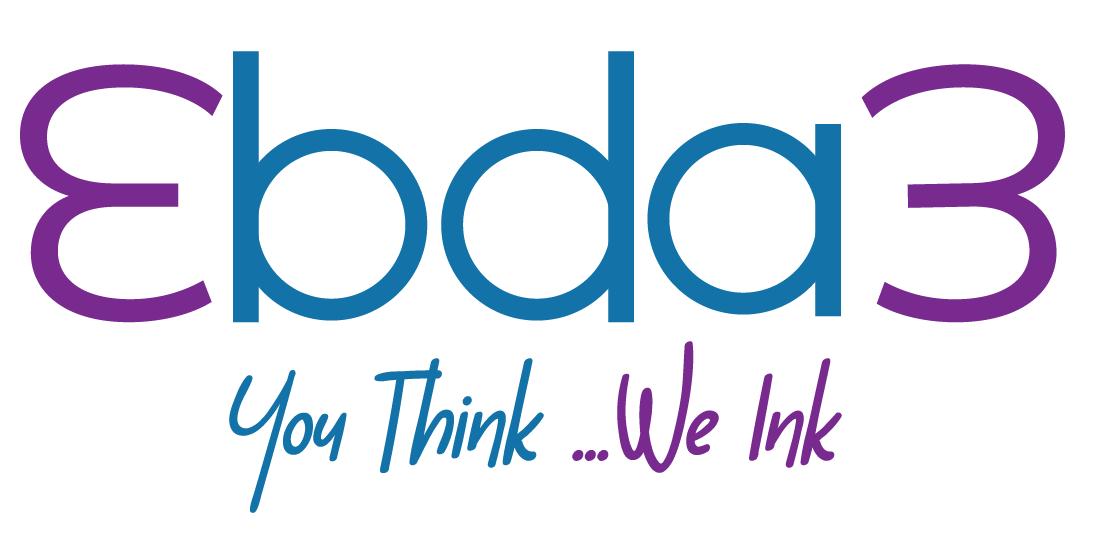Retargeting: Maximizing Your Marketing Impact

In today’s digital landscape, influencer marketing has become a powerful tool for businesses to reach their target audiences. By collaborating with influencers, brands can tap into their followers’ trust and credibility, driving traffic to their websites, online stores, and social media accounts. However, the real magic lies in what you do with that traffic once it arrives. Enter retargeting – a strategic approach that allows you to make the most of those hard-earned visits.
What Is Retargeting?
Retargeting, also known as remarketing, is a technique that enables you to re-engage users who have previously interacted with your brand. It’s like giving them a friendly nudge, reminding them of your existence and encouraging them to take further action. But how does it work, and why should you consider exploiting influencers for this purpose? Let’s dive in!
The Power of Influencer Marketing
Before we delve into retargeting, let’s acknowledge the impact of influencer marketing:
1. Audience Reach: When you collaborate with influencers, you gain access to their loyal followers. These followers trust the influencer’s recommendations and are more likely to explore your brand.
2. Authenticity: Influencers create authentic content that resonates with their audience. Their endorsement feels genuine, making it an effective way to build brand credibility.
3. Visibility: Influencers can introduce your brand to new audiences. Whether it’s through Instagram stories, YouTube videos, or blog posts, their reach extends beyond your existing customer base.
Now that we’ve established the importance of influencer marketing, let’s explore how retargeting fits into the equation.
Exploiting Influencers for Retargeting: A Winning Strategy
1. Site Retargeting
– What Is It? Site retargeting targets users who have visited your website previously. It leverages website tracking and cookies to identify these users.
– Objective: Encourage return visits and conversions.
– How to Use It: Set up retargeting ads on platforms like Facebook or Google Ads, specifically targeting users who have interacted with your site.
2. Onsite Retargeting
– What Is It? Onsite retargeting focuses on users while they are actively engaged on your website. It customizes content or ads based on their on-site behavior.
– Objective: Enhance the on-site experience and guide users toward desired actions (e.g., making a purchase, signing up).
3. Search Retargeting
– What Is It? Search retargeting targets users based on their past search behavior, including search queries and keywords.
– Objective: Reach users with tailored ads aligned with their interests.
4. Contextual Retargeting
– What Is It? Contextual retargeting displays ads on contextually relevant websites or platforms.
– Objective: Encourage users to return and convert based on context.
5. Social Retargeting
– What Is It? Social retargeting targets users on social media platforms who have previously engaged with your brand or website.
– Objective: Reinforce brand awareness and encourage social media engagement.
6. Conversion Retargeting
– What Is It? Conversion retargeting focuses on users who have completed specific actions on your website (e.g., making a purchase).
– Objective: Encourage further conversions or upsells to engaged users.
7. Email Retargeting
– What Is It? Email retargeting involves sending follow-up emails to users who have abandoned specific actions (e.g., incomplete purchases).
– Objective: Re-engage users and reduce abandonment rates.
8. List-Based Retargeting
– What Is It? Customize ads for users based on specific lists (e.g., email subscriber lists or customer databases).
– Objective: Personalize content for existing contacts and nurture relationships.
9. Cross-Channel Retargeting
– What Is It? Re-engage users who have interacted with your brand across multiple marketing channels and platforms.
– Objective: Deliver a cohesive and personalized user experience across channels.
Why Exploit Influencers for Retargeting?
1. Quality Traffic: Influencer-generated traffic is often more engaged and relevant. Retargeting this audience ensures you’re reaching potential customers who already have an interest in your brand.
2. Cost-Effectiveness: Retargeting ads are typically more cost-effective than regular ads. By leveraging influencer-generated traffic, you maximize results while minimizing costs.
3. Brand Recall: Influencers act as brand ambassadors. When users see your retargeting ads after interacting with an influencer, it reinforces brand recall and trust.
Conclusion
Influencer marketing and retargeting go hand in hand. By thoughtfully exploiting influencersIn this blog, we’ve delved into the world of influencer marketing, exploring how it can revolutionize your content strategy while saving you valuable resources. By collaborating with influencers, you can achieve marketing success without compromising on quality. Whether you’re a startup or an established brand, influencer-generated content offers a cost-effective solution. So, go ahead—embrace the influencer advantage and watch your brand soar! 🚀





